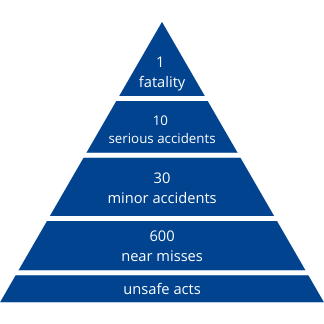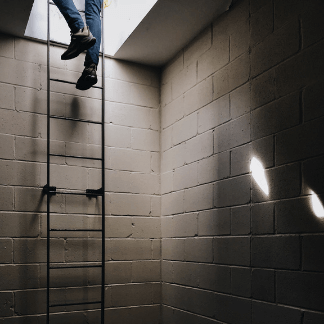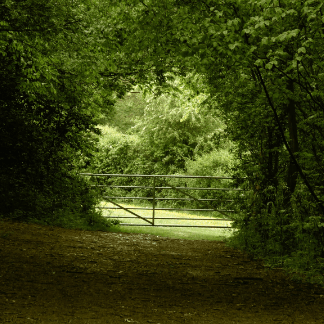When looking at which industry is at the highest risk of workplace accidents, a useful model is the ‘accident triangle’. Created in 1966 by Frank Bird, Bird’s model poses the theory that for every 1 reported death, there will be 10 serious accidents, 30 minor accidents, and 600 near misses. If you apply this model to the HSE RIDDOR statistics relating to fatalities in the workplace, you can begin to understand which industries may be at the highest risk of workplace accidents. This can be a very reductionist way of looking at statistics, but it provides us with a useful starting point.

On the whole, reported fatal injuries to workers have been on a downward trend since 1981, and we have even seen a significant reduction in fatalities in the last 10 years (175 fatalities in 2010/2011 compared to 142 fatalities in 2020/21). However, there is always room for improvement, and if Bird’s model is to be believed, each fatality may come with a considerable number of accidents and near misses that we don’t see so easily.
The UK has been very proactive at managing health and safety effectively since the introduction of the Health and Safety at Work Act 1974, and every single industry in the UK has a legal responsibility to effectively manage health and safety.
Although it may sound like there is more risk to health and safety in construction than in retail, the reality is that there are parts of any sector that will have activities that come with an increased risk of workplace accidents.

Highest risk by activity
Main kinds of fatal accidents for workers from the 2020/2021 statistics:
- Falls from height – 35
- Struck by moving vehicle – 25
- Struck by moving object – 17
- Trapped by something collapsing/overturning – 14
- Contact with moving machinery – 14
Falls from height made up just under a quarter of all of the workplace fatalities for this statistical year. This shows us that when it comes to working at height, the risks are considerably high when not properly controlled.
Highest risk by industry

The HSE RIDDOR report for 2021 has been released and figures inside the report have highlighted that the three industries with the highest number of fatalities per 100,000 workers are:
- Agriculture, forestry and fishing – 11.60
- Waste and recycling – 2.51
- Construction – 1.91
In comparison to the ‘all industries’ average of 0.44 fatalities per 100,000 workers, these three industries stand out as particularly high risk at the moment.
If we go back to Bird’s model and apply Bird’s theory to these statistics, the agriculture, forestry, and fishing industry would be estimated to have 6,960 near-misses per 100,000 workers, per year.
Why are near misses important?
Financially: A near miss can often stop production or productivity, and may result in damage to equipment, products or even plant. Thousands of near misses can add up to a massive loss of income and in the event that plant is damaged, the financial implications of repair can be huge.
Legally: Reporting a near miss can mean that people are taking health and safety seriously, but if you have a lot of near-misses in comparison to the activities being undertaken, it can indicate that health and safety is not being taken seriously enough, and that legal duties to provide a safe workplace are not being upheld. This can result in legal action being taken against a company or individuals, potentially resulting in prison time.
Morally: As mentioned above, a near-miss can be an indicator that health and safety isn’t being managed effectively. In order to prevent fatalities, each near-miss needs to be taken seriously, potentially investigated and controls should be considered to prevent it from happening again, or resulting in an injury or fatality that could negatively impact someone’s life.
What can be done to reduce risk?
To reduce risk effectively, hazards in the workplace need to be identified, understood and managed. Under UK law, any workplace will ultimately have someone responsible for the health and safety management. That person will need to understand their responsibilities and implement safe systems of work and controls that will reduce the risk of injury, death and other losses.
This can be done in two ways:
Develop competency through training – training courses like the IOSH Managing Safely and NEBOSH General Certificate have been specifically designed to provide the knowledge and skills required to start managing health and safety effectively in your workplace.
Develop a new way of working through consultancy – No one can know everything, and sometimes you need additional help in order to effectively manage risks. That’s where companies like ACT can help. We are able to consult with you to identify where you may benefit from training, look at the systems of work that you use, and help you to make improvements to your organisation that will help you to manage health and safety effectively.